olinguito (Bassaricyon neblina ruber) in favored habitat: up a fig (Ficus ssp.) tree
detail from "Illustrations of the species of Bassaricyon" by Nancy Halliday
K.M. Helgen et al, "Taxonomic Revision of the Olingos," ZooKeys, issue 324 (Aug. 15,2013), Figure 3, p. 17
Nancy Halliday, CC BY 3.0, via Wikimedia Commons: Nancy Halliday, CC BY 3.0, via Wikimedia Commons @ https://commons.wikimedia.org/wiki/File:Illustrations_of_the_species_of_Bassaricyon_-_ZooKeys-324-001-g003.jpg
Lonesome George, the last Pinta Island tortoise (Chelonoidis nigra abingdonii), is remembered by Tomás, a Galapagos tortoise (Chelonoidis nigra), in "Olinguito Speaks Up," a children's story by Cecilia Velástegui.
Puerto Ayora, Galapagos, Ecuador: Anamnesius, CC BY 2.0, via Flickr @ https://www.flickr.com/photos/i_look/4688686179/
As New World natives, olinguitos (Bassaricyon neblina) favor cloud forests.
cloud forest near Mindo, Pichincha province, northwestern Ecuador: Dallas Krentzel, CC BY 2.0, via Flickr @ https://www.flickr.com/photos/31867959@N04/6012346314/
"Olinguito Speaks Up - Book Trailer (English)" (1:23)
Uploaded December 16, 2013, by Cecilia Velástegui to YouTube ~ URL: http://www.youtube.com/watch?v=B0KZ6NuK0VQ
olinguito, northwestern Costa Rican town of Monteverde
The scenic town's Monteverde Cloud Forest Reserve (la Reserva Forestal de Monteverde) is recognized by National Geographic as "the jewel in the crown of cloud forest reserves."
photo by Greg Basco; K.M. Helgen et al, "Taxonomic Revision of the Olingos," ZooKeys, issue 324 (Aug. 15,2013), Figure 20, page 41: ZooKeys, CC BY 4.0, via Pensoft Publishers @ https://zookeys.pensoft.net/articles.php?id=3550; (specific image URL @ https://zookeys.pensoft.net/showimg/oo_26206.jpg)
olinguito (Bassaricyon neblina) at Tandayapa Bird Lodge, northwestern Ecuador
extracted from triptych, "The Olinguito, Bassaricyon neblina neblina, in life, in the wild," by Mark Gurney
K.M. Helgen et al, "Taxonomic Revision of the Olingos," ZooKeys, issue 324 (Aug. 15,2013), Figure 13, page 29: Mark Gurney, CC BY 3.0, via Wikimedia Commons @ https://commons.wikimedia.org/wiki/File:Olinguito_ZooKeys_324,_solo_(2).JPG


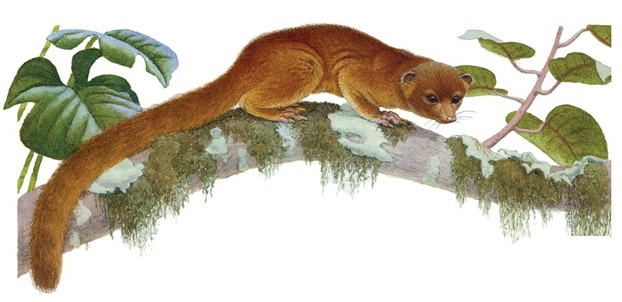
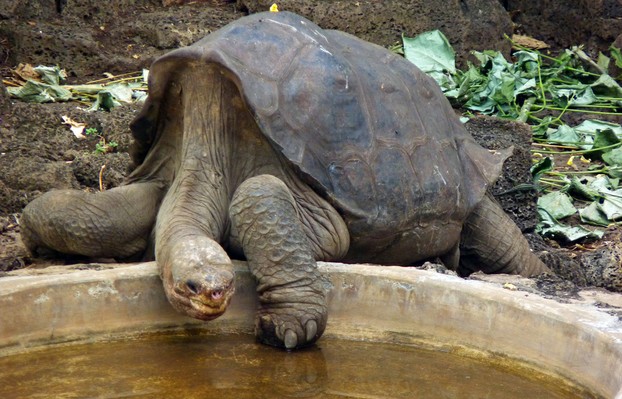
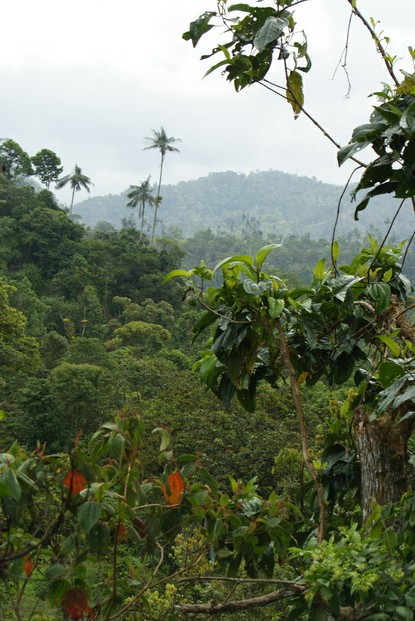
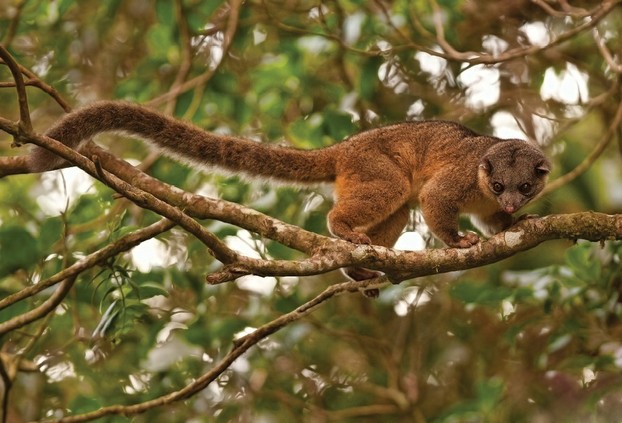
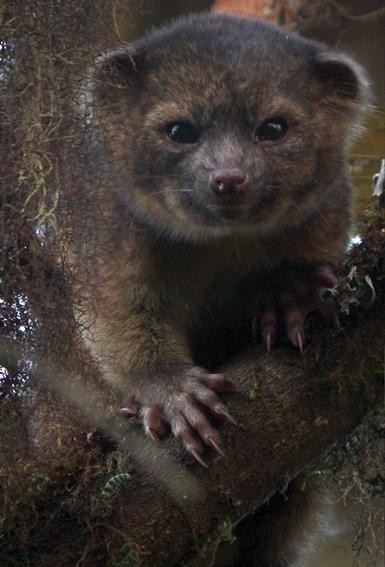



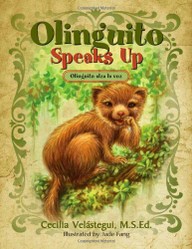

 Are Hawaiian Huakai Po Nightmarchers Avenging Halloween Thursday?on 10/02/2024
Are Hawaiian Huakai Po Nightmarchers Avenging Halloween Thursday?on 10/02/2024
 Mailing Addresses for 2023 Form 4868 Extending 1040 and 1040SR April 15, 2024, Due Dateon 04/15/2024
Mailing Addresses for 2023 Form 4868 Extending 1040 and 1040SR April 15, 2024, Due Dateon 04/15/2024
 Mailing Addresses for 2023 Forms 1040 and 1040SR Filed in 2024on 04/15/2024
Mailing Addresses for 2023 Forms 1040 and 1040SR Filed in 2024on 04/15/2024
 Mailing Addresses for 2022 Form 4868 Extending 1040 and 1040SR April 18, 2023, Due Dateon 04/13/2023
Mailing Addresses for 2022 Form 4868 Extending 1040 and 1040SR April 18, 2023, Due Dateon 04/13/2023

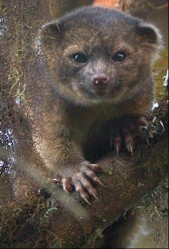
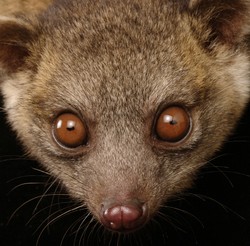
Comments